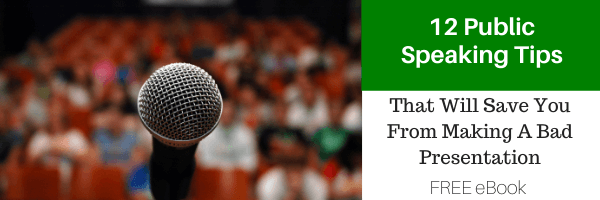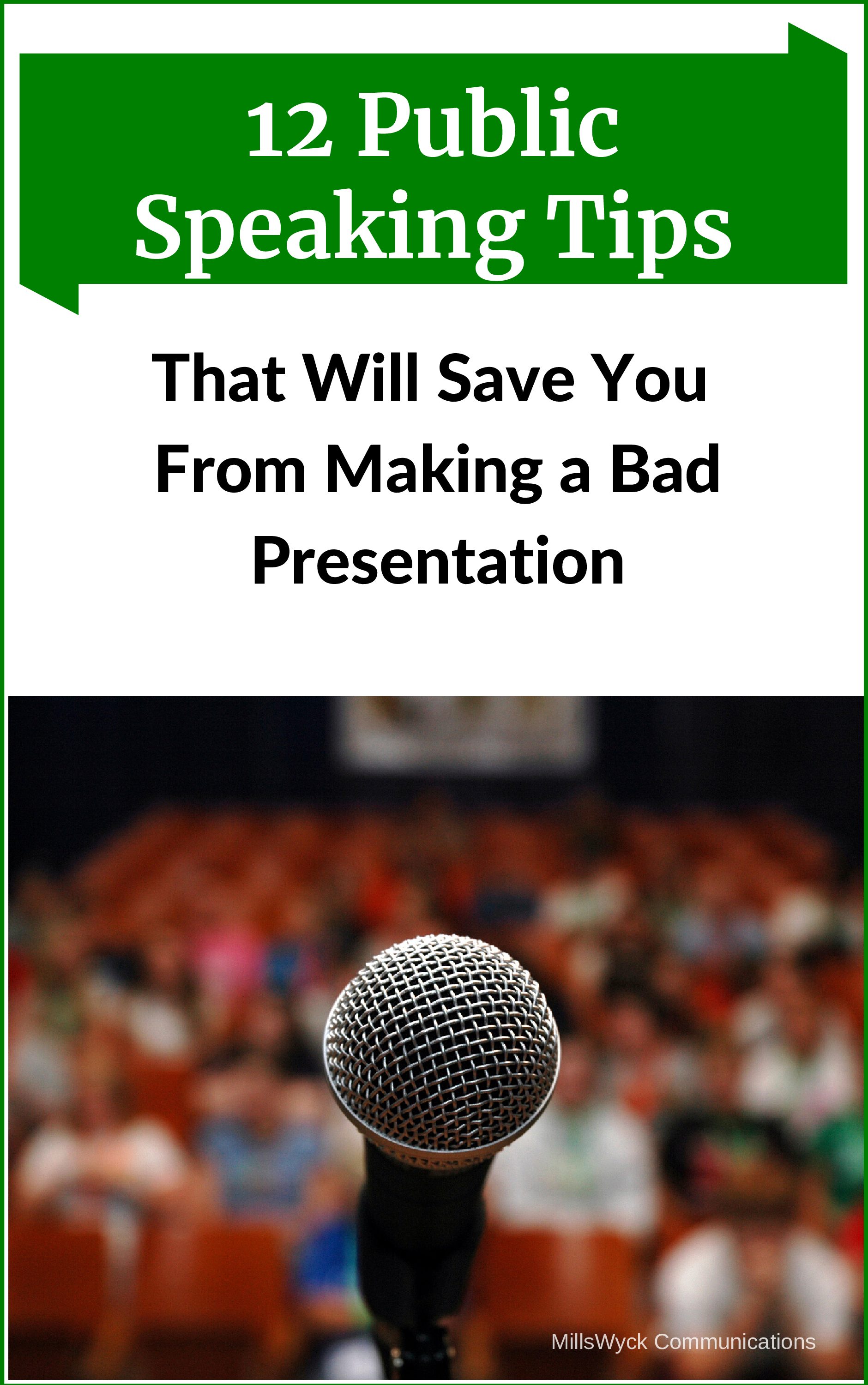Emceeing an Event
A Speaker’s lessons from the trenches
I recently had the opportunity of emceeing an event, a large fundraising banquet. It presented several challenges:
- Introducing a speaker who I would not meet and did not know personally
- Connecting several parts of the program for which I did not know the talking points
- Addressing a large (>1500) audience with a questionable sound system that went silent several times in my opening segment.
While I really do enjoy speaking, I face the same challenges I teach our clients to overcome: nerves, finding the right message, and dealing with unexpected surprises (we call them “issues”).
Here are some lessons from the past month that I’ve turned into learning experiences. These are easily overcome:
- Focus on the audience, not the speaker. What did they want to know and hear about the speaker, and how could I set him up for his message? Since I knew what the connection was between the speaker and the organization, I gleaned through the multi-page bio downloaded off the internet, cobbled together some details from his book I had read, and kept the intro under a minute (side note: as I began the introduction, I noticed out of the corner of my eye that the event host scrambled to the speaker’s side to give him his mic – something that should have been done before but had been forgotten. I was worried I’d have to stall, but after about 45 seconds, I saw the speaker rise and knew he was ready. Always be flexible. And attentive!)
- It’s tempting to want to rehearse what to say for every part of a program. But game time is not the time for practice. Instead, it is more advantageous to focus on what is being said by others. LISTEN! Knowing what each previous segment had said gave me the material to weave them together on the fly. It’s nerve-racking, to be sure, but focusing on small segments and details gives an emcee all the material he needs to keep the program melded together in what seems to be a well-rehearsed agenda.
- The mic problems turned out to be my mistake. I had put my hand on the base of the mic (the way I was taught many moons ago) but this particular mic had its antenna in the receiver, so I was preventing it from sending a signal to the base unit. During a break, I had a courier arrive at my side to share that little nugget, as well as a note of material that had been forgotten to include in my segment.
These little surprises are a prime reason I am not a big fan of coaching speakers to use a verbatim script, but instead to focus on keywords and trigger phrases to create a coherent message. If I was speaking from a memorized script (like in a play), then ad lib additions are very likely to upset my ability to focus and deliver the content. It’s still nerve-wracking, but a focus on the core message will never go wrong.
Dealing with Unexpected Issues
In a recent class, I decided to use a different opening than I normally do because much of the class had already seen me speak and my typical opening had been used in a keynote with their organization. I thought through the core message of the intro (the hook I needed to get to) and found another story (my favorite way to open).
There was only one problem.
When I started to speak, my brain had an index problem and gave my tongue the wrong story. I didn’t realize I was telling the wrong story until a few sentences in. My heart rate reacted with an increase and my brain began having trouble focusing on any story as I began to get all sorts of messages.
The techniques we teach saved the day:
- Fix it, feature it, or forget it – Since I was the only one really affected by the slipup (assuming I could find a way to recover), there was no reason to confess my mistake unless it became obvious to everyone.
- What’s the core message? I took a page from our storytelling class to know that I only needed to reach a pivot point and extract the metaphor to set up my core message for the audience to make the connection. In a pause, I realized this was easily done, and continued with the (wrong) story but took it to a place that made the segue to the main lesson very easy.
- S.T.O.P. I can’t say I’m comfortable with silence (yet), but I do know its effectiveness and benefit to both speaker and audience. It was during a (long, at least to me) pause that I was able to have some extra brain power to process the above techniques and get back on track.
Since we were covering these techniques in the workshop I was teaching, I asked the class much later if they even noticed I had opened with a story that wasn’t an exact fit to the class. No one had so much as a clue.
One of the reasons I’m so passionate about teaching these skills is I get to see them work every day: for my clients and for me. I would rate myself far from a perfect speaker and am constantly disappointed in my performance. But I also know that the core skills of speaking can be improved and that using simple tools can go a long way in making a speaker effective in a wide variety of environments. When the pressure is high, the heart skips a beat, and the details start to unravel, it’s a great feeling to know that you’ve got the skills to handle whatever comes up and a system to find the answer every time.
Communication matters. What are you saying?
This article was published in the December 2016 edition of our monthly speaking tips email, Communication Matters. Have speaking tips like these delivered straight to your inbox every month. Sign up today and receive our FREE download, “Twelve Tips that will Save You from Making a Bad Presentation.” You can unsubscribe at any time.



